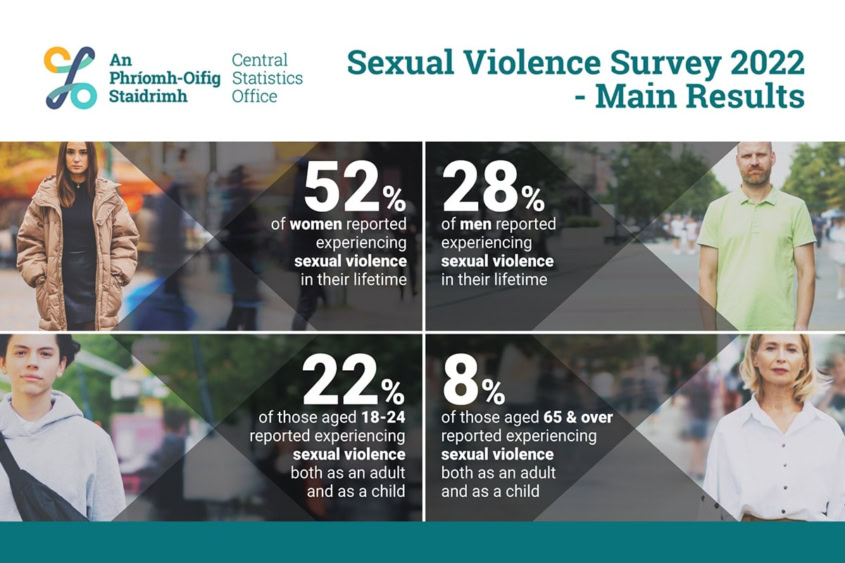Central Statistics Office Data on Adults’ Experiences Reveal How Sexual Violence Sustains Systemic Inequality
The Central Statistics Office (CSO) has today released the second of six reports from its Sexual Violence Survey measuring the prevalence of sexual violence in Ireland.
The report on ‘Adult Experiences’ provides further detail on adult sexual violence experiences including those experienced with a partner (current or ex) and non-partner. The report also includes additional information on the sociodemographic characteristics of the overall prevalence levels.
Key findings
- The majority of perpetrators were male – as partners 84% and as non-partners 87%
- Around one in three adults (34%) with a third level education reported experiencing sexual violence as an adult. They were over five times more likely than those with up to a primary education (6%) to report having experienced sexual violence as an adult.
- Bisexual and gay/lesbian people reported higher levels of sexual violence as an adult (55% and 40% respectively) than heterosexual/straight people (25%).
- Bisexual people reported almost double the level (37%) of sexual violence as an adult with a partner compared with gay/lesbian people (19%). The equivalent rate for heterosexual/straight people was 15%.
- People with a disability experienced sexual violence as an adult at a higher rate (30%) than those without a disability (25%).
Dr Clíona Saidléar, Executive Director, Rape Crisis Network Ireland:
‘While this data confirms much of what we know, such as that the vast majority of perpetration of sexual violence is by men and boys*, it also adds detail in significant places where we knew there was problem but did not have up-to-date data. What the detail here tells us, over and over, is that sexual violence has a pattern, and it is rarely if ever random and indiscriminate. It is rooted deep within inequalities in our society and continues to be utilised to punish transgressions against the status quo and reinforce those inequalities. In preventing sexual violence, we must be prepared to challenge and dismantle this system of inequality based on sex, gender and sexuality as well as pursue the individual crimes.’
‘Previous research had thrown up the troubling question about whether women who have higher education and professional roles are more likely to be targeted for sexual violence. This Irish prevalence data confirms this phenomenon where 34% of those with a third level education reported experiencing sexual violence as an adult. This decreases on a sliding scale down to 6% of those with primary education. The explanation for this is less clear. Could this be because higher educated adults are engaging in different public spaces differently, starting with the Higher Education campus itself, thus increasing perpetrator opportunity, bearing in mind we know the home is also a dangerous place (64% of females subjected to sexual violence in their lifetime were subjected to at least one incident of the violence by a partner or ex-partner). Could some of the targeting of this cohort be a way to punish and discipline women in particular who are seen to have stepped ‘out of line’ in some way? We only have to witness the sexual harassment and sexualised threats meted out to our female politicians to see this playing out.
‘The data on bisexual, gay and lesbian targeting puts long awaited solid numbers behind the particular vulnerability of non-heterosexual people. 55% of people subjected to sexual violence in adulthood are bisexual, 40% are gay/lesbian, compared with a much lower rate of heterosexual people (25%).
We also have data here on how people with disabilities have a higher prevalence, at 30%, compared to 25% for people with no disability. 28% of Irish Traveller/Roma experience sexual violence in adulthood compared to 21% of the settled White Irish population. Again, a pattern where difference, marginalisation, minoritisation and vulnerability become markers of opportunity and intent for perpetrators.
‘This data must shape how we respond to sexual violence at a systemic level, understanding it as a whole of society issue that crosses all of government, for which a collective response is the only possible option.’
The SVS report is available on the CSO website.
* Over eight in ten adults (84%) who experienced sexual violence as an adult with a partner and almost nine in ten adults (87%) who experienced sexual violence as an adult with a non-partner reported that the perpetrator was male.
